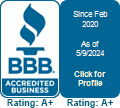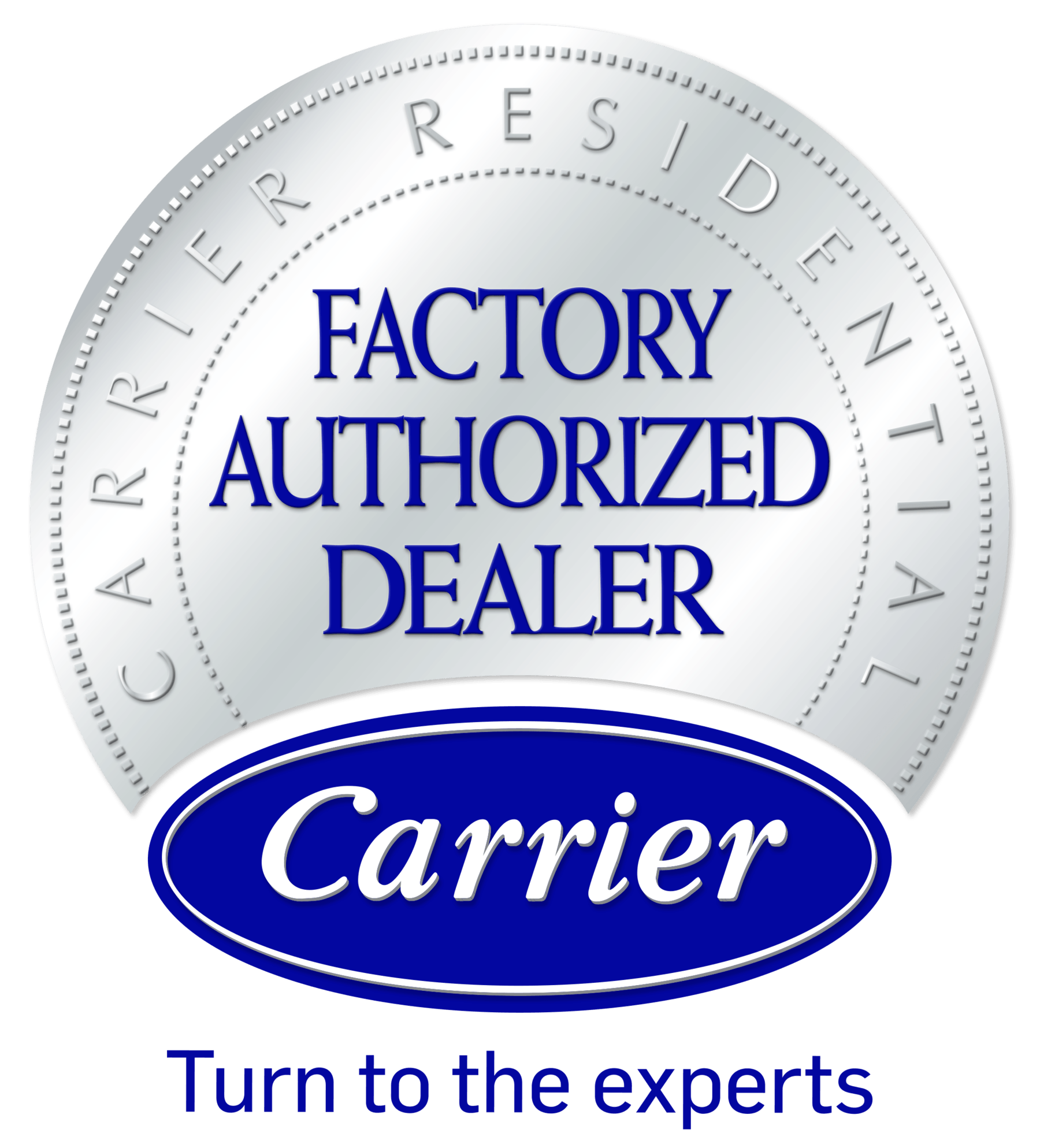
Sealing
It’s fairly easy to spot the leaks around window and exterior door frames inside and out. Look for any areas where cracks or crevices exist. To seal around windows, use exterior or silicone caulk. Use weatherstripping to seal moveable parts of windows. Check the existing weatherstripping around the exterior doors for places where it’s worn. You also can look for light leaking around the door frames after dark. Place a dollar bill inside the door frame and try pulling it out from the inside. If it pulls out easily, you can benefit from fresh weatherstripping.
Gaps at the base of the door will let air in and out of your home. You can either use door sweeps or draft blockers at the base of the door.
When you seal and insulate, check the attic for air leaks before assessing the adequacy of the insulation. Look at the base of the roof for any leaks around vents for fans, the water heater or a gas furnace. These areas are easy to seal with caulk, but if you discover any leaks around a chimney or a furnace flue, use metal flashing or silicone caulk to seal them. These vents can be quite hot and require heat-resistant materials surrounding them.
Other likely places where you may have air infiltration include:
- Recessed lights that enter the attic.
- Dryer vents.
- Fireplace dampers.
- Pipes, wires and cables entering the home.
- Places where you have dropped ceilings.
- Attic door or hatch.
Gaps around the dryer vent and plumbing and wiring infrastructure can be sealed with expanding foam. You can weatherstrip around an attic door or hatch, as well as applying rigid foam insulation to the back of the hatch. If there are gaps around recessed lights, use silicone caulk and avoid having insulation touch any of the wires, or ask a professional to seal and insulate them for you.
Insulating
It’s important to adequately address insulation as well as air leaks to get the most energy efficiency. While you seal air leaks in the attic, pay attention to the insulation levels. The U.S. Department of Energy recommends that you have at least 10 inches of attic insulation to prevent thermal transfer between inside and outside, and the attic and your living spaces.
The most common types of attic insulation include fiberglass batts and loose cellulose or fiberglass. Each inch of these products provides approximately three hours of resistance to thermal heat transfer. Heat is constantly moving toward cooler temperatures. Since the sun shines on the roof for many hours each day, the attic gains a lot of heat in the summer. Summers are long and hot in our area and adequate insulation helps you lower cooling costs.
Batt insulation is relatively easy to install, but pay attention to its labeling if you opt for this product. The batts that have no paper backing are naturally fire-resistant, but those with paper backing need to be covered with drywall or other materials that resist burning. Loose-fill fiberglass or cellulose is another option, and home improvement centers often provide the blowers needed to install it.
Read the installation instructions carefully and wear protective clothing and face masks to avoid breathing the small particles produced by both loose and batt insulation. Fiberglass particles can irritate the skin and lungs.
As you seal and insulate the attic, pay attention to the ventilation the builder provided. Don’t block the airflow from these areas, since the attic needs fresh air ventilation to keep heat from building to excessive levels and prevent excessive humidity from building year-round.
If you’d like to learn more about boosting your home’s energy efficiency when you seal and insulate, while improving your home’s HVAC performance, please contact us at Climatic Conditioning Co., Inc. We provide superior HVAC services for homeowners in Sarasota, Bradenton and Lakewood.
Image Provided by Shutterstock.com





